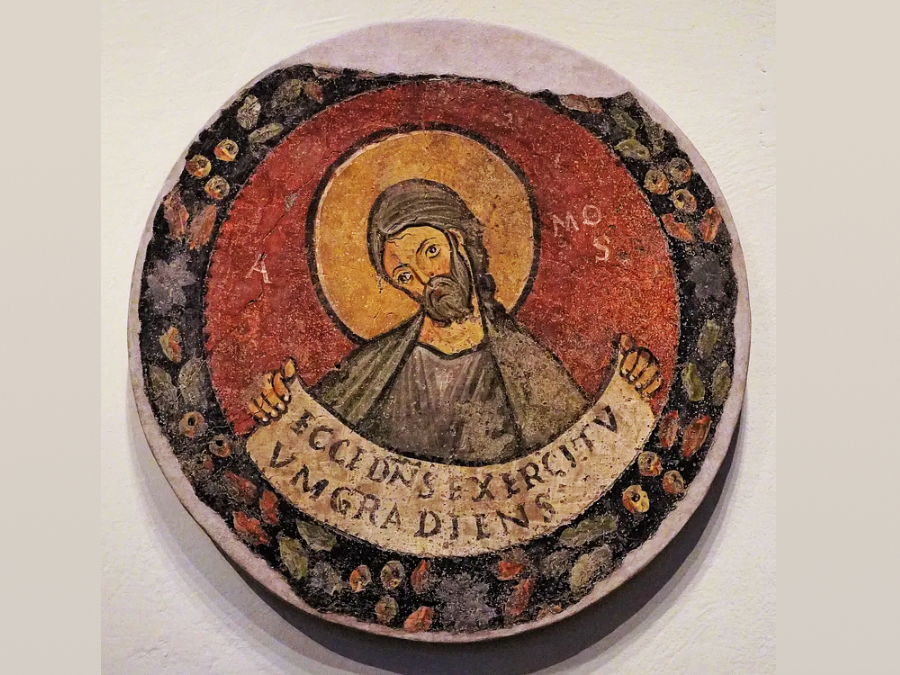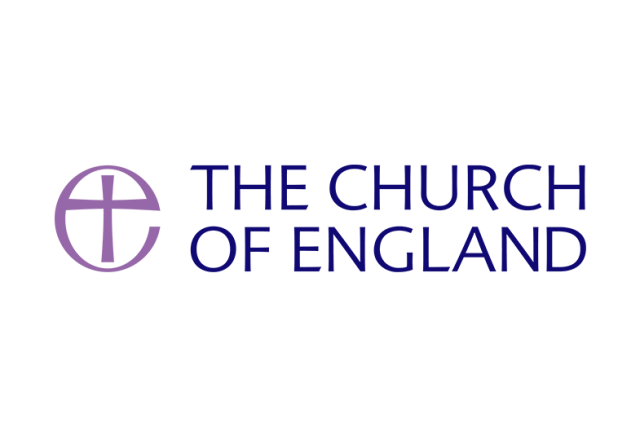
Amos then and Britain now: the similarities
July 15, 2022
The Lambeth Conference: Modern Church’s Response.
July 25, 2022We’re halfway through Modern Church’s annual conference, ‘Living I Faith, Hope and Love’, Modern Church’s response to the Church of England’s Living in Love and Faith, the latest of its publications struggling to justify a ban on same-sex marriages. Sadly the conference had to be changed and the residential element abandoned because of the weather forecast.
This post is about just one point. Professor Helen King, one of the speakers, was one of the scholars invited to contribute to Living in Love and Faith. She was disappointed to find that her work was largely ignored. Living in Love and Faith treats history as though it began in the 1960s.
Why? Earlier in the day my wife Marguerite was reading Wilding by Isabella Tree (Picador, 2018). Page 147 describes ‘Shifting baseline syndrome’, which is
a term coined in 1995 by fisheries scientist Daniel Pauly, who noticed that experts who were charged with evaluating radically depleted fish stocks took as their baseline the state of the fishery at the start of their careers, rather than fish populations in their original state. Hundreds of years ago an area of sea may have been heaving with fish. But scientists’ reference point for ‘natural’ population levels is invariably pinned to levels dating back no more than a few decades from the present. Each generation, Pauly realized, defines what is ‘natural’.
The book illustrates the point amply. What ‘normal’ countryside looks like is the countryside we grew up with. Our parents saw it differently, our grandparents saw it differently again.
So: just as environmentalists assume that the environment of their childhood was normal, does Living in Love and Faith echo of what Sunday Schools and church youth clubs were teaching when its authors were young?



